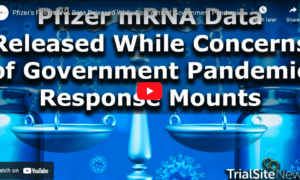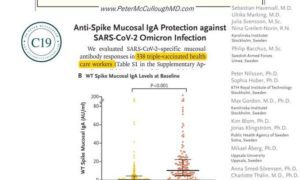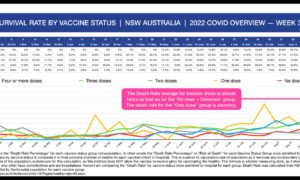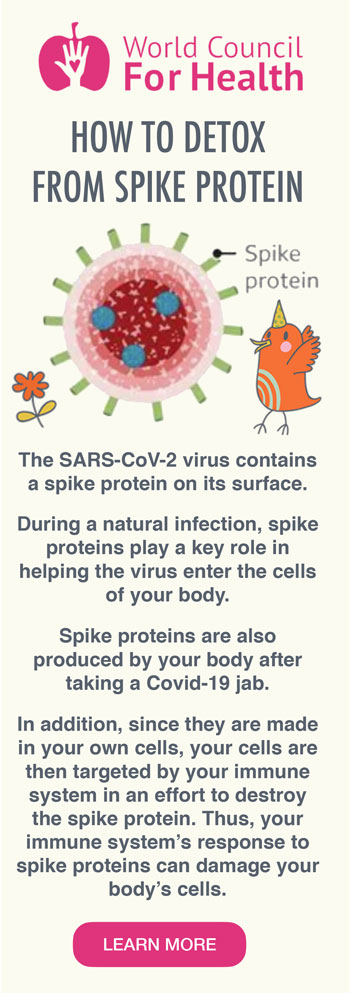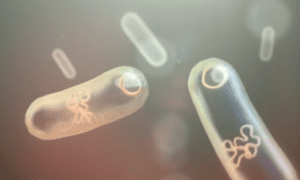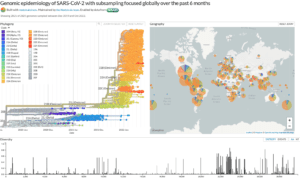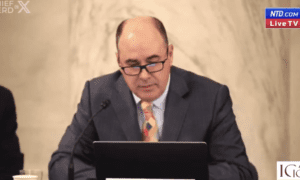Omicron is likely to become more dangerous.

I am herewith reacting to a recent paper titled: “Omicron breakthrough infection drives cross-variant neutralization and memory B cell formation” (https://www.biorxiv.org)
“Omicron breakthrough infection drives the evolution of SARS-CoV-2(SC-2) towards new variants that are characterized by high infectiousness, high virulence and lack of immunogenicity of potentially neutralizing epitopes.”
This, of course, does not endorse the conclusions of the authors. Their publication is a tricky one as it erroneously generates the expectation that, despite imprinting of the immune response by previous vaccination, the antibodies elicited upon a breakthrough infection with Omicron are well-suited to protect vaccinees against a myriad of new variants that may emerge. The authors even suggest that a C-19 vaccine that is adapted to the Omicron spike protein (S) would be a promising avenue to achieve this goal.
Why are these scientists so terribly wrong?
Their assumption would be correct if it were not for the fact that widespread restoration of the population’s neutralizing capacity, from which Omicron has escaped,is precisely the kind of immune response that is going to exert massive immune pressure on SC-2. Although very effective in vitro,the effect of neutralizing antibodies (Abs) elicited in Omicron-infected vaccinees cannot prevent infection and transmission when induced during a pandemic of a rapidly spreading (i.e., highly infectious) variant. This is to say that – despite the induction of Abs that perfectly match the Omicron S protein – Omicron will continue to spread and, therefore, exploit any opportunity to annihilate the threat these neutralizing Abs are now posing to its life cycle.
Natural selection of new, O-glycosylated, variants, which I have predicted to rapidly emerge (https://www.voiceforscienceandsolidarity.org), would allow the variant to overcome binding of both, potentially infection-inhibiting (i.e., neutralizing) Abs directed at the immunodominant receptor-binding domain (RBD) and potentially ‘trans infection’-inhibiting (1) (i.e., virulence-mitigating) Abs directed at the conserved antigenic site within the N-terminal domain (NTD). Consequently, O-glycosylation of the S-RBD would overcome population-level immune pressure that results from boosting of vaccine-primed, broadly cross-neutralizing and broadly cross-mitigating Abs directed at conserved RBD-specific and NTD-specific epitopes, respectively. This is because both,RBD-associated infection-inhibiting (i.e., neutralizing) epitopes as well as NTD-associated ‘trans infection’-inhibiting (i.e.,virulence mitigating) epitopes will be shielded against their corresponding Abs by the O-glycosites inserted at the predicted O-glycosylation sites of the new variants (New co-variants). Natural selection of the O-glycosylated Newco variants would enable SC-2 to effectively counter the growing virus-neutralizing and virulence-mitigating capacity of a highly vaccine-experienced population that is exposed to Omicron, and thereby relieve the pressure on the viral life cycle.
The more Omicron expands in prevalence and the more frequently vaccinees get re-exposed and fall victim to breakthrough infections, the higher the prevalence of both elevated neutralizing and virulence-mitigating anti-S Abs will become. The higher this prevalence and the higher the anti-S Ab titers, the higher the site occupancy of the predicted O-glycosylation sites will need to be for Newco variants to resist the infection- and trans infection-inhibiting immune response of Omicron-infected vaccinees. This is because more densely O-glycosylated variants will more effectively counter virus-neutralization and attenuation of viral virulence. Given the population-level immune pressure caused by the exposure of highly vaccinated populations to the highly infectious Omicron, Newco variants will primarily rely on glycosite instead of amino acid mutations in their RBD to gain the required fitness advantage in a landscape of increasing population-level immune pressure on both the S-RBD and S-NTD.
This already explains why the upcoming Newco variants are likely to evolve to a super variant that is not only more infectious than Omicron but also highly virulent and fully resistant to C-19 vaccines, including those that have been adapted to the spike protein of the circulating variant. This is why the authors of this paper are desperately wrong in thinking that tailoring the vaccines to the polypeptide sequence of S on the dominantly circulating variant would have a beneficial effect on the outcome of the mass vaccination program. On the contrary, usage of so-called ‘updated’ vaccines to continue this program will only aggravate the outcome due to further boosting of anti-RBD and anti-NTD Ab titers.
Conclusion: In the absence of large scale antiviral prophylaxis, the vicious circle of steadily increasing immune pressure causing steadily rising infection rates will ultimately drive highly vaccinated populations to promote the expansion of a super variant that will likely be featured by full resistance to potentially neutralizing epitopes (due to lack of immunogenicity of these epitopes) combined with a high propensity to cause Ab-dependent enhancement of infection (ADEI; facilitated by the infection-enhancing Abs) and a high propensity for causing ADEI-mediated Ab-dependent enhancement of disease (ADED). This is how the evolutionary dynamics of the virus will unfold and how the end station of this misguided mass vaccination program will look.
- Trans infection-inhibiting Abs hamper trans infection of host target cells at the lower respiratory tract by infectious SC-2 virus tethered to migrating DCs (a presentation which stabilizes S in closed position). Inhibition of trans infection impedes trans fusion and, therefore, mitigates virulence (i.e., prevents severe/ systemic C-19 disease). The very same Abs have an infection-enhancing effect when they bind to the open conformation of S (i.e., when S is expressed on free virions at the level of the upper respiratory tract).
https://www.voiceforscienceandsolidarity.org/donate
Your generous donations will be used solely for the purpose of raising awareness within the scientific community and broader public concerning the individual and public health consequences of human intervention in the Covid-19 pandemic.

